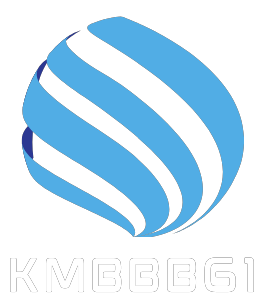Directing a group effectively goes further than simply managing assignments and timelines. It entails fostering robust connections between group participants to create a collaborative and efficient atmosphere. When individuals feel valued and recognized, they are prone to offer their best efforts and assist one another. Building these relations is essential for a unified team cohesion, where communication flows smoothly and confidence is established.
In this guide, we will explore various strategies and methods that can help you connect with your team participants on a deeper level. By understanding their distinct strengths, motivations, and challenges, you can foster an atmosphere that not only enhances performance but also encourages individual development. As a manager, your ability to build bridges among your group is a vital skill that will lead to achievement in reaching common goals.
Grasping Group Dynamics
Impactful guidance begins by a profound comprehension of squad dynamics. Each participant contributes unique strengths, limitations, and viewpoints that shape the entire team. As a leader, it is vital to recognize these individual attributes and how they interrelate with one another. Watching reactions assists in recognizing trends such as cooperation, communication styles, and methods of handling discord that can either boost or hinder team effectiveness.
One of the important factors of team dynamics is trust. Reliability establishes the foundation for transparent communication and teamwork. Richard William Warke When participants feel safe to voice their ideas and worries, they are more likely to involve themselves proactively in dialogues and contribute constructively to tasks. As a leader, fostering an environment of reliability involves exhibiting dependability, being honest, and valuing every individual’s voice. This encourages a feeling of inclusion and motivates members to invest in the team’s success.
Another vital factor to consider is the multiculturalism within the group. Diversity enhances imagination and problem-solving skills, as different perspectives can lead to novel solutions. However, it can also lead to confusion or conflicts if not handled effectively. As a manager, accepting diversity means promoting inclusion and confirming that all participants feel valued and cherished. By valuing each member’s history and viewpoint, you can build deeper bonds and utilize the full potential of the squad.
Impactful Messaging Strategies
One of the crucial factors of successfully leading team members is maintaining clear and transparent lines of communication. This means not only disseminating information effectively but also proactively listening to the thoughts and opinions of team members. By fostering an environment where everyone feels safe sharing their thoughts, a leader builds trust and collaboration. Setting regular check-ins and using varied communication methods—such as face-to-face meetings, emails, and team messaging apps—guarantees that all team members are kept in the loop and feel valued.
Another crucial tactic is to adapt your communication style to address the needs of separate team members. Various people react positively better to different approaches; some may prefer clear-cut, concise instructions, while others may value a more detailed explanation. Recognizing these preferences can improve engagement and morale. Leaders should also become approachable and solicit feedback, helping to bridge any gaps in comprehension and fostering a supportive atmosphere.
Finally, incorporating positive reinforcement can significantly improve communication within the team. Acknowledging and recognizing team members for their input not only increases individual confidence but also motivates others to share their ideas and opinions. By recognizing successes, both big and small, a leader can create a sense of community and belonging, which is essential for a unified team dynamic.
Fostering a Unified Environment
Establishing a collaborative environment is crucial for efficiently leading team members. Leaders should foster open communication where team members feels at ease sharing suggestions and responses. This can be achieved by facilitating regular team sessions and one-on-ones where members can voice their thoughts without the worry of reprisal. By implementing an open-door policy, team members are more likely to reach out to their leaders with questions, creating trust and respect within the team.
Additionally, collaboration can be enhanced through collaborative activities that help strengthen relationships among team members. Engaging in activities away from the typical work setting allows members to forge relationships and understand each other better. This not only enhances teamwork but also creates a spirit of belonging and loyalty within the group. Leaders should enthusiastically participate in these activities, showing their commitment to the team’s cohesion and well-being.
Finally, acknowledging collaborative efforts can further strengthen the feeling of teamwork. Recognizing contributions, whether large or minor, helps team members feel important and motivates them to work together towards shared goals. Leaders should regularly spotlight successes and how collaboration led to achievements, reinforcing the significance of teamwork in the organization. This recognition fosters a culture where collaboration is instilled in the team’s identity, ultimately leading to a more successful and harmonious work environment.
